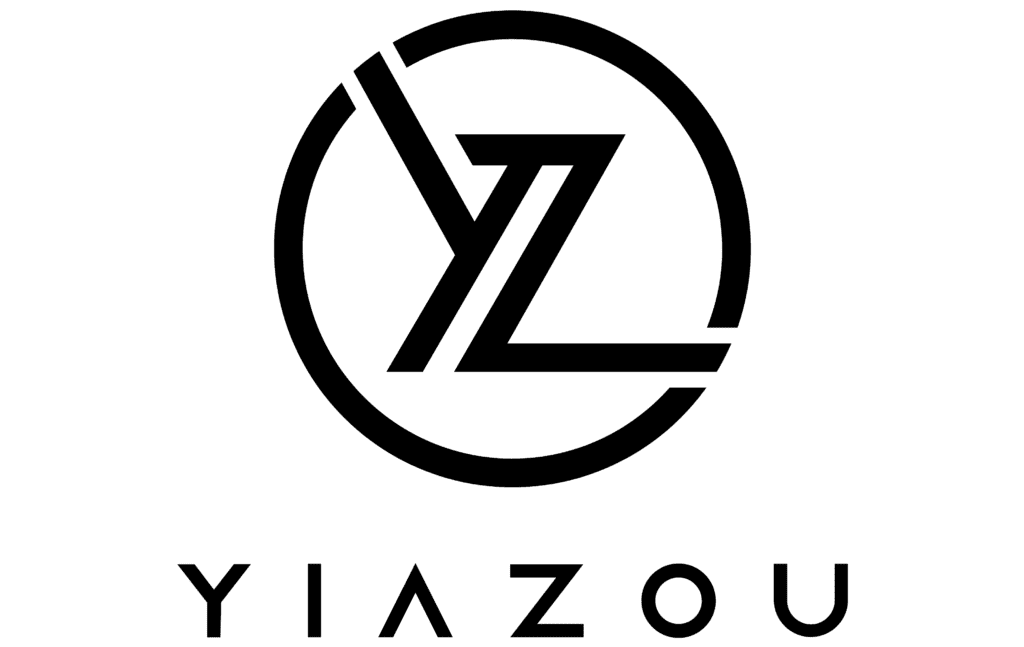Meta (META) isn’t a social media company anymore. With close to $14 billion in Q1 CapEx and a generative AI system already serving nearly a billion people, Meta is taking a strategic leap into infrastructure-scale AI.
However, Wall Street still clings to CPM trends and Reels monetization. Here’s why the changing business architecture of Meta, backed by a founder-driven, AI-first ethos, protocolized monetization layers, and a hyperscaler-style reinvestment profile, is mispriced and on track for a 5x to 10x return within the next 3 to 5 years.
The Founder Flywheel: Zuckerberg’s Algorithmic Culture Engine
Mark Zuckerberg’s sustained leadership of Meta has raised governance concerns repeatedly, but in reality, his founder presence is the most underrated driver of Meta’s value. Across successive platform transitions, desktop to mobile to video to frontier AI infrastructure, Zuckerberg has led Meta with a product-focused, long-term mentality that is unprecedented in Big Tech.
This founder effect ripples through an organization increasingly defined by systematized innovation. Meta’s 76,834-person staff, up 11% year-over-year, isn’t bloated scale; it reflects a furious acceleration in AI engineering, product development, and systems architecture. The organization is transitioning from reactive iteration to proactive protocolization. Meta AI already has close to 1 billion users per month, a staggering figure for a tool still in early deployment. The company isn’t simply integrating AI into feeds, it is constructing the feed using AI.
Source: Department of Product
What is most compelling is the cultural pivot to long-cycle bets. Reality Labs still burns through more than $4 billion per quarter, but Zuckerberg reaffirmed its importance in developing the future of embodied computing. This isn’t capital wastage. It is seeding infrastructure, and Meta is uniquely built to absorb the R&D drag thanks to its cash-rich Family of Apps.
Cash, Code, and Capital Loops: Meta as a Reinvestment Machine
Underlying Meta’s headline EPS beat is a capital cycle in full compound mode. Q1 2025 revenue rose 16% year-over-year to $42.3 billion, and operating income climbed 27% to $17.6 billion, yielding a 41% operating margin. This is not just operating leverage, it’s evidence of a company transitioning to AI-scale capital efficiency.
Source: Meta Financials
Meta spent $13.7 billion in Q1 CapEx, a $6.7 billion increase year-over-year. The overwhelming majority of this spending went into AI infrastructure, data centers, custom silicon, and compute orchestration layers designed to serve Meta AI and next-gen foundation models. Meta is not catching up to OpenAI or Google DeepMind. It is building compute end-to-end for its own LLM workloads.
Despite the surge in CapEx, free cash flow reached $10.3 billion in Q1, highlighting disciplined reinvestment rather than reckless burn. R&D expenses hit $12.2 billion, up 22% year-over-year, outpacing all other cost categories. Meta has entered the “Infrastructure Capital Loop” phase of the Parabolic Performers cycle: spending heavily on hardware with unit economics that improve with each new AI task integrated into its Family of Apps.
The flywheel passes every test. Growth exceeds 25%, margin expansion is over 500 basis points year-over-year, and CapEx accounts for 32% of quarterly revenue; more than double the 15% multibagger benchmark. Meta has joined the hyperscaler ranks while still generating over $41 billion in quarterly ad revenue.
Moats that Multiply: A Transition from Social Graphs to AI Ecosystems
Meta’s platform is evolving. What was once a user graph-based moat is becoming a defensible AI protocol layer embedded into everyday digital life. The company’s generative assistant, Meta AI, now spans Instagram, WhatsApp, Messenger, and Facebook. With close to 1 billion users each month, the assistant is not merely sticky, it is foundational.
The reason this moat compounds is that Meta controls both the data and the distribution. It owns the interface, the engagement layer, and the inference engine. More usage improves the LLM, which in turn boosts engagement and ad performance. This is a classic 2^N loop: a self-reinforcing data flywheel powered by the world’s largest attention network.
Moreover, Meta’s open-source release of LLaMA 3 is also a strategic chess move. Rather than lock up its models like OpenAI, Meta is releasing them to fuel third-party tools and startups. This embeds Meta’s protocols and inference standards into the broader ecosystem. Lock-in is no longer achieved through app dominance, but through infrastructure relevance.
Can a startup disrupt this within six months on a $5 million budget? Absolutely not. No challenger has the distribution, multi-modal data access, or training pipelines to compete. The moat is not just technological, it is systemic.
The Inflection Point that Goes Unseen: AI as the Interface
The biggest narrative shift is going under the radar: Meta is making AI the default interface across its ecosystem. In Q1 2025, Meta AI was embedded unobtrusively across core surfaces, search, comments, messaging, shopping, and even into Reels production. This is not “AI as a feature.” This is “AI as an operating system.”
Although analysts still debate DAUs and ARPU, the usage vector is shifting. Meta’s LLMs are not targeting enterprise AI. They are becoming the consumer interface layer at scale. It is similar to Apple’s software-hardware convergence, but in the digital attention economy.
In addition to product velocity, indicators such as 28% YoY price growth in Asia-Pacific and the 20%+ price increase in Europe and the U.S. indicate that AI-powered ad targeting is already increasing ROI per impression. Impressions are flat, but price per ad is rising fast, another early value over volume signal. Meanwhile, average revenue per user is now $12.36, down from $14.25 last year, although daily active people (DAP) increased slightly from last year.
Meanwhile, Meta’s expansion into AI glasses, as confirmed by Zuckerberg, could create the ultimate intersection of LLM use and AR hardware. If successful, it could compress the platform shift timeline even faster than mobile adoption in the 2000s.
Valuation Gap: The $500 Billion Mispricing
Meta’s valuation indicates a market stuck in a backwards narrative. With 35% net income expansion and over $10 billion in free cash flow in Q1 alone, the stock trades at just 23 times earnings and 16 times cash flow. These are multiples more fitting for a legacy advertising business than a hyperscaler building foundational AI infrastructure.
Source: Benzinga
Looking ahead, Meta’s PEG ratio of 1x shows that its earnings growth is not yet reflected in the stock price. This is significantly below AI-native or infrastructure-leveraged peers, many of which carry PEG ratios between 2x and 4x. Its forward EV/EBITDA multiple of 13x lags 20–30% behind AI-heavy platform peers, even though Meta outspent Google in CapEx last quarter and now serves nearly 1 billion people through Meta AI.
On a revenue basis, the mispricing becomes clearer. Meta’s EV/Sales forward multiple is 8x, yet the company is evolving into a multi-modal, AI-first ecosystem. The monetization runway in messaging, commerce, assistant queries, and immersive hardware remains mostly untapped. CapEx now accounts for more than 30% of revenue, a figure associated with hyperscalers, not ad-driven platforms.
Meta’s price-to-book ratio of 8x reflects a capital-light, asset-efficient model with strong buyback capacity. The 0.3% dividend yield might seem low, but that’s intentional. Meta is prioritizing reinvestment in infrastructure and AI R&D rather than returning capital prematurely.
While Meta may appear expensive on traditional valuation screens, those metrics miss the core transformation underway. The rerating trigger lies in monetizing Meta AI and the LLaMA ecosystem. If the market begins viewing Meta as an AI infrastructure platform, a 30x forward P/E becomes not just reasonable but expected.
Virality Triggers and Underappreciated Optionality
Meta’s platform optionality is grossly undervalued. Reality Labs contributes nothing to current revenue models despite owning the intellectual property and hardware for AI glasses and next-gen AR interfaces. Meta AI’s billion-user base has yet to be monetized, and the open-source LLaMA platform isn’t reflected in long-term earnings projections.
At the same time, Meta’s capital return engine is gaining speed. In Q1 alone, the company repurchased $12.8 billion in stock and still holds more than $70 billion in cash. This creates a highly asymmetric setup: buybacks anchor downside risk, while monetization layers across Meta AI, AR/VR, and third-party LLM APIs introduce exponential upside potential.
Source: Finance Charts
Meanwhile, investor sentiment remains behind the curve. Unlike Nvidia, Palantir, or Supermicro each of which saw meme-like multiple expansion driven by AI tailwinds, Meta is still framed as a social media stock. Yet platform shifts are already visible. Meta AI is being quietly embedded across Threads, WhatsApp, and Messenger. A single tipping-point event could spark viral adoption.
The takeaway is clear: Meta’s rerating will come when the narrative catches up to reality. The company is no longer just a social giant, it is rapidly becoming a full-stack AI infrastructure and distribution platform, hiding in plain sight.
A Hidden Hyperscaler in Consumer Skin
Meta is a misunderstood hyperscaler disguised as a social media company. ith a founder-driven cultural engine, hyperscale CapEx focused on AI infrastructure, and one of the deepest distribution moats in tech, Meta has quietly positioned itself as the interface layer for AI across 3.4 billion people.
Investors should focus on two key KPIs: Meta AI monthly active users, currently around 1 billion, and the CapEx-to-revenue ratio, now exceeding 30%. If Meta successfully monetizes its assistant layer and accelerates AR deployment, a 5x to 10x rerating is not just possible; it is probable. The asymmetric upside remains overlooked by a market still pricing Meta through a legacy lens. That gap is your edge.
Disclosure:
Yiannis Zourmpanos has a beneficial long position in the shares of META either through stock ownership, options, or other derivatives.






